MediaTek has currently unveiled its latest flagship chip and tried to set the performance bar for Android phones for 2023. The Dimensity 9200 chip brings ARM's new Cortex X3 processor, Immortalis GPU and mmWave 5G support. But it will be difficult, not only with regard to Apple's chips, specifically its A16 Bionic.
The MediaTek Dimensity 9200 is the successor to the Dimensity 9000 that was launched last November. It is therefore the most powerful series of chips from the manufacturer, but it is still in the shadow of the more popular Snapdragon from Qualcomm, from which we are currently waiting for the launch of its Snapdragon 8 Gen 2, which is expected to be used more widely by manufacturers. It will be used, for example, by Samsung's flagship portfolio in the Galaxy S23 models.
It could be interest you

The paper specs look great
The MediaTek Dimensity 9200 is the first Android chip to use ARM's new Cortex-X3. It claims a 2% increase in peak performance over Cortex-X8, which is used in most current mobile smartphone chips, including Snapdragon 1 Gen 2 and Google Tensor G25. The Dimensity 9200 uses one Cortex-X3 core (3,05 GHz) along with three Cortex-A715 cores (2,85 GHz) and four Cortex-A510 cores (1,8 GHz). So it is an octa core.
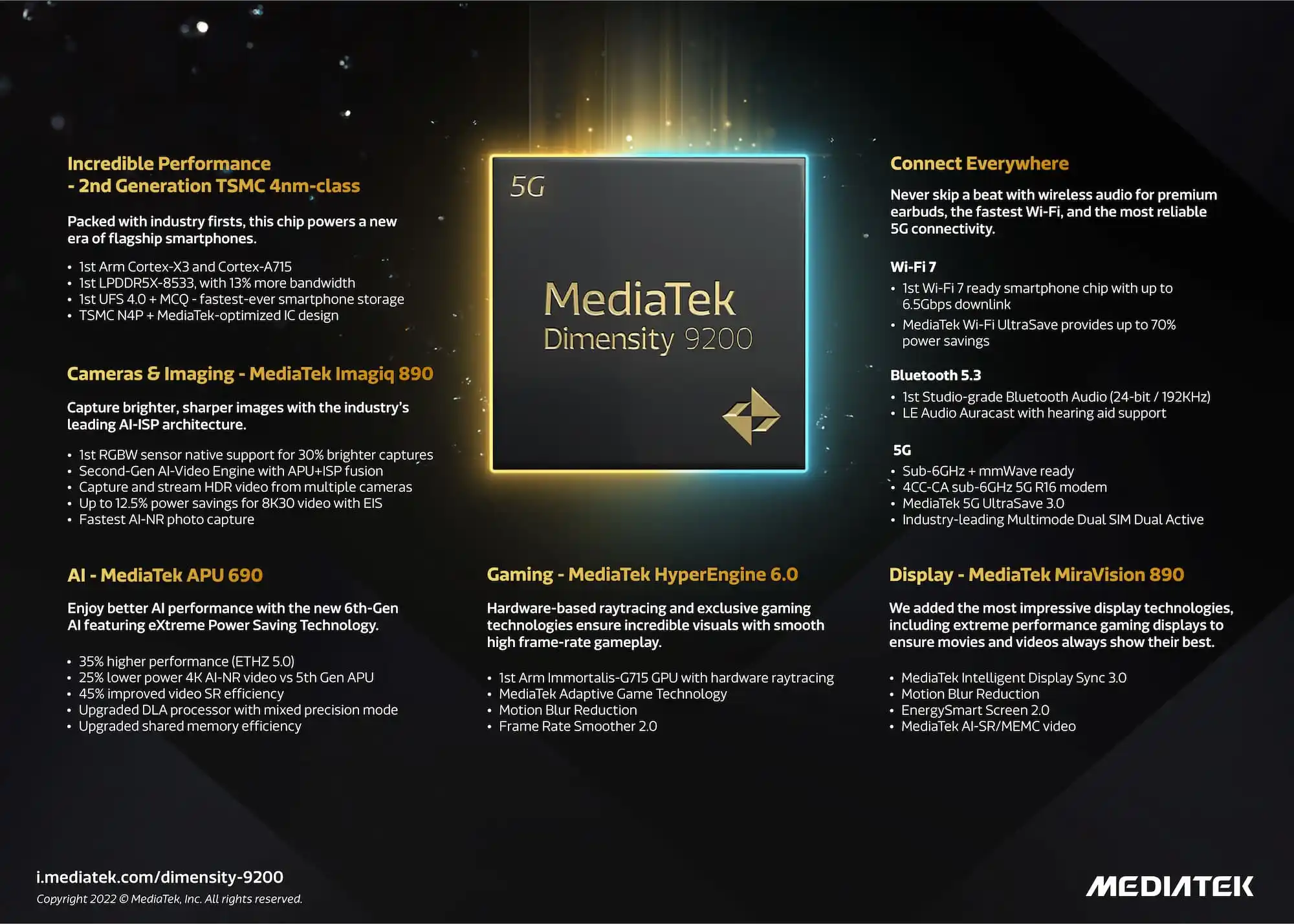
MediaTek says the Dimensity 9200 has a 9000% increase in single-core performance and a 12% increase in multi-core performance over the Dimensity 10. However, the new thermal layer is said to significantly slow down the chip's heating time. The company also claims a 9000% reduction in power consumption compared to the Dimensity 25, which should have a positive impact on the device's battery life. Built on TSMC's second-generation 4nm process, this chipset supports LPDDR5X memory with speeds up to 8533 Mb/s and faster UFS 4.0 storage.
For comparison: the A16 Bionic chip is also 4nm, but uses 2x 3,46 GHz Everest + 4x 2,02 GHz Sawtooth and is therefore a hexa-core. Apple's graphics is 5-core. Mediatek uses an ARM graphics processor labeled Immortalis-G715. The latter unlocks raytracing support, with the company reporting a 9000% increase in performance and a 32% decrease in power consumption compared to the Dimensity 41. The chip supports FHD+ displays with a frequency of up to 240 Hz, WQHD with a frequency of up to 144 Hz and 5K (two 2,5K displays) with a frequency of up to 60 Hz, of course there is support for adaptive refresh rate.
As for camera support, native RGBW sensor support is included, which can capture up to 30% more light. The new Imagiq 890 Image Signal Processor (ISP) also supports AI motion unblur for better action shots and multi-camera HDR video capture. The MediaTek APU 690 processor increases overall AI performance by approximately 35%, according to the manufacturer.
The Dimensity 9200 is also MediaTek's first flagship chip with mmWave 5G support, so there is a clear targeting of the US market, which will be very difficult, given the dominance of Apple in the domestic market, and indeed Qualcomm. But there's also support for Wi-Fi 7, Bluetooth 5.3 with "studio-quality" wireless sound, and Bluetooth LE with Auracast. The new chip should be available at the end of the year, so we could see the first phones with it as early as Q1 2023. Quite logically, it will not be Apple's iPhones, Samsung's Galaxy, or Google's Pixels. That leaves mainly Chinese manufacturers and Motorola (which is now also Chinese because it was bought by Lenovo).
It could be interest you

A good try for sure
But the Android chip market is different from what Apple is forging under its hood. Here, the manufacturer must make a chip with the support of technologies available to a wide range of other hardware manufacturers, who then implement this solution in their own. Apple can freely create its own chip, to which it tunes its hardware and its system, and therefore does not have to chase impressive numbers in order to easily beat the same current flagship chips in the finals, which, after all, it has historically been able to do for a long time. Although it informs us about the percentage increase, it spares us other specifications.
 Adam Kos
Adam Kos 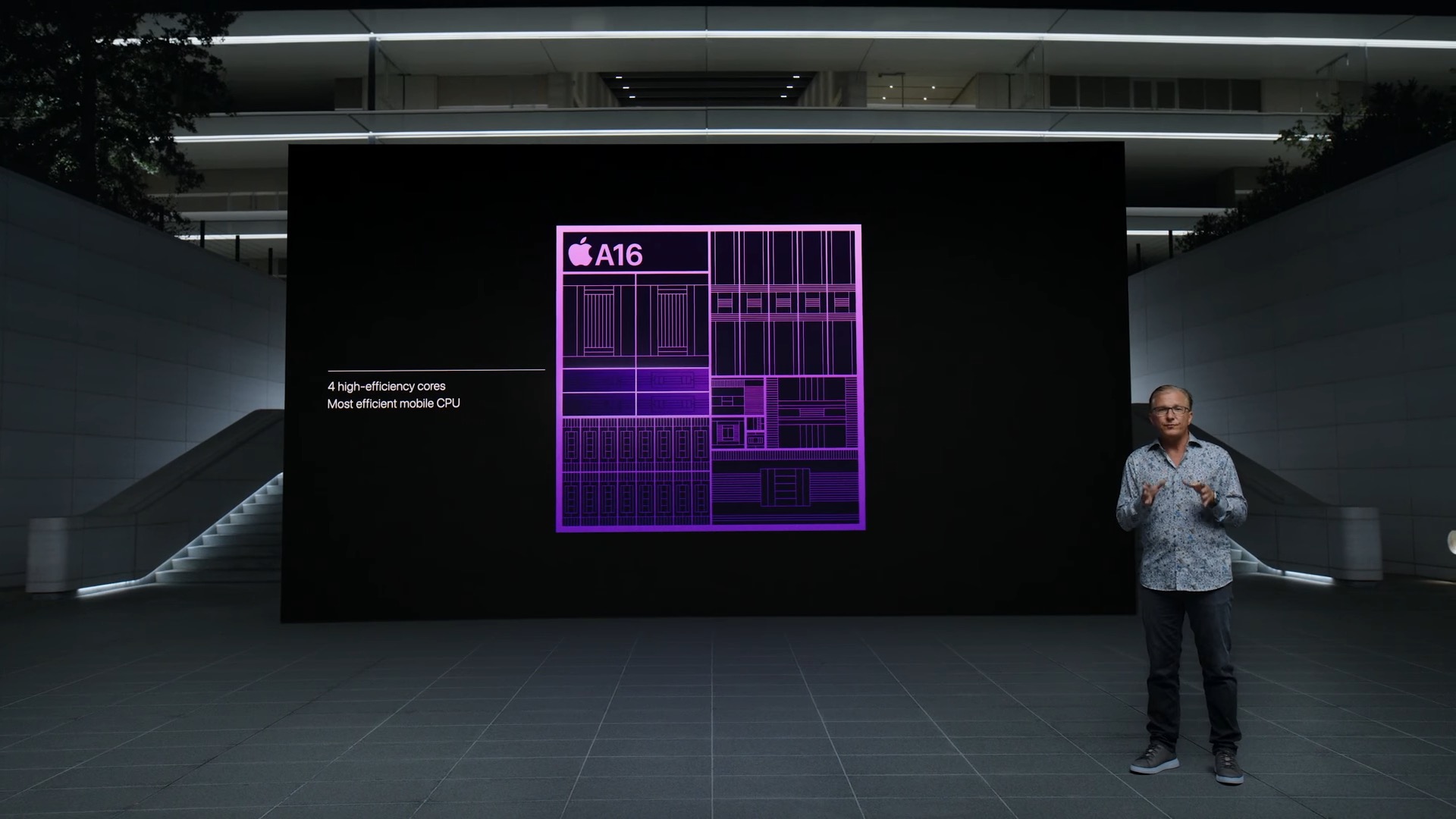
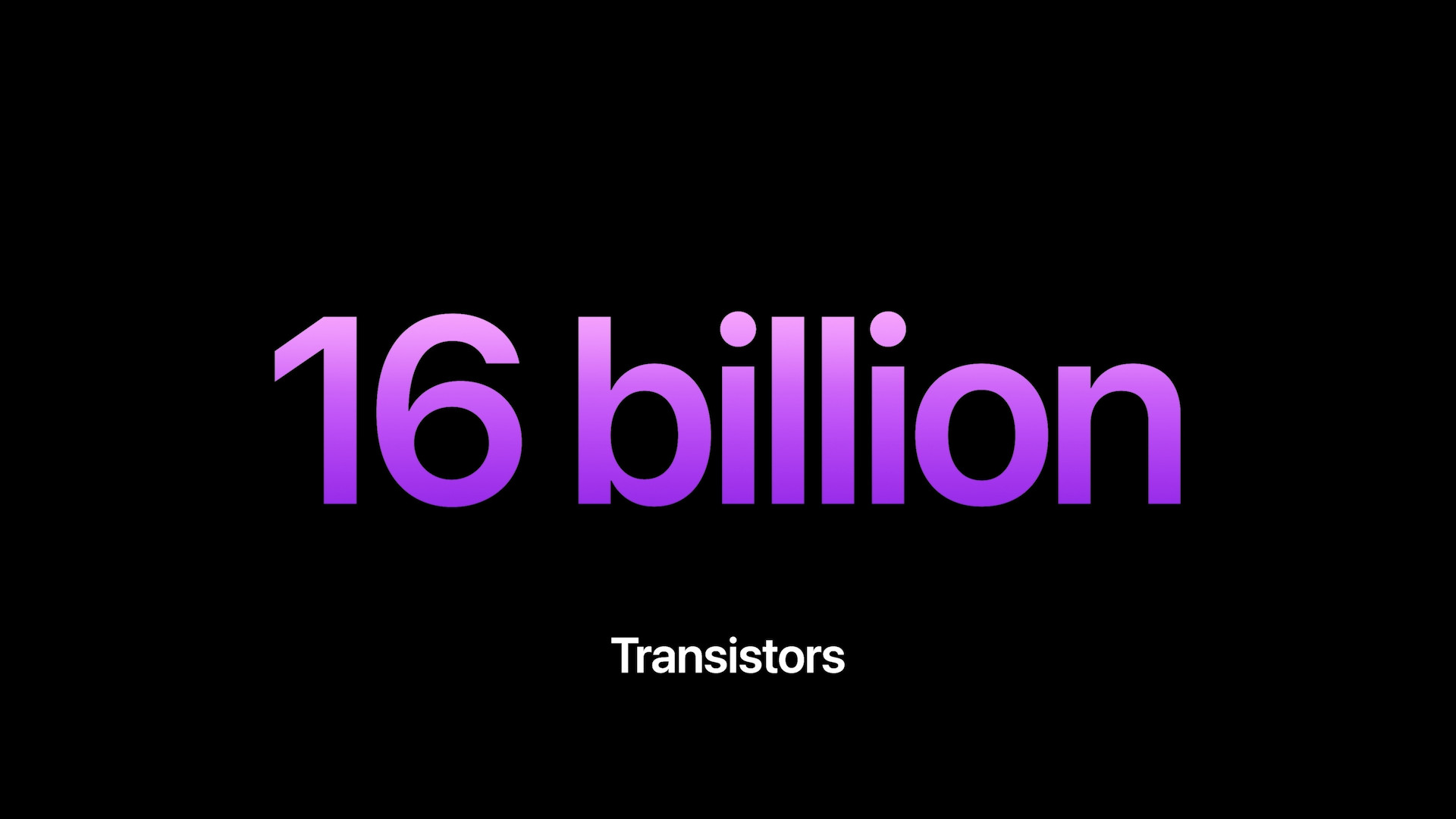
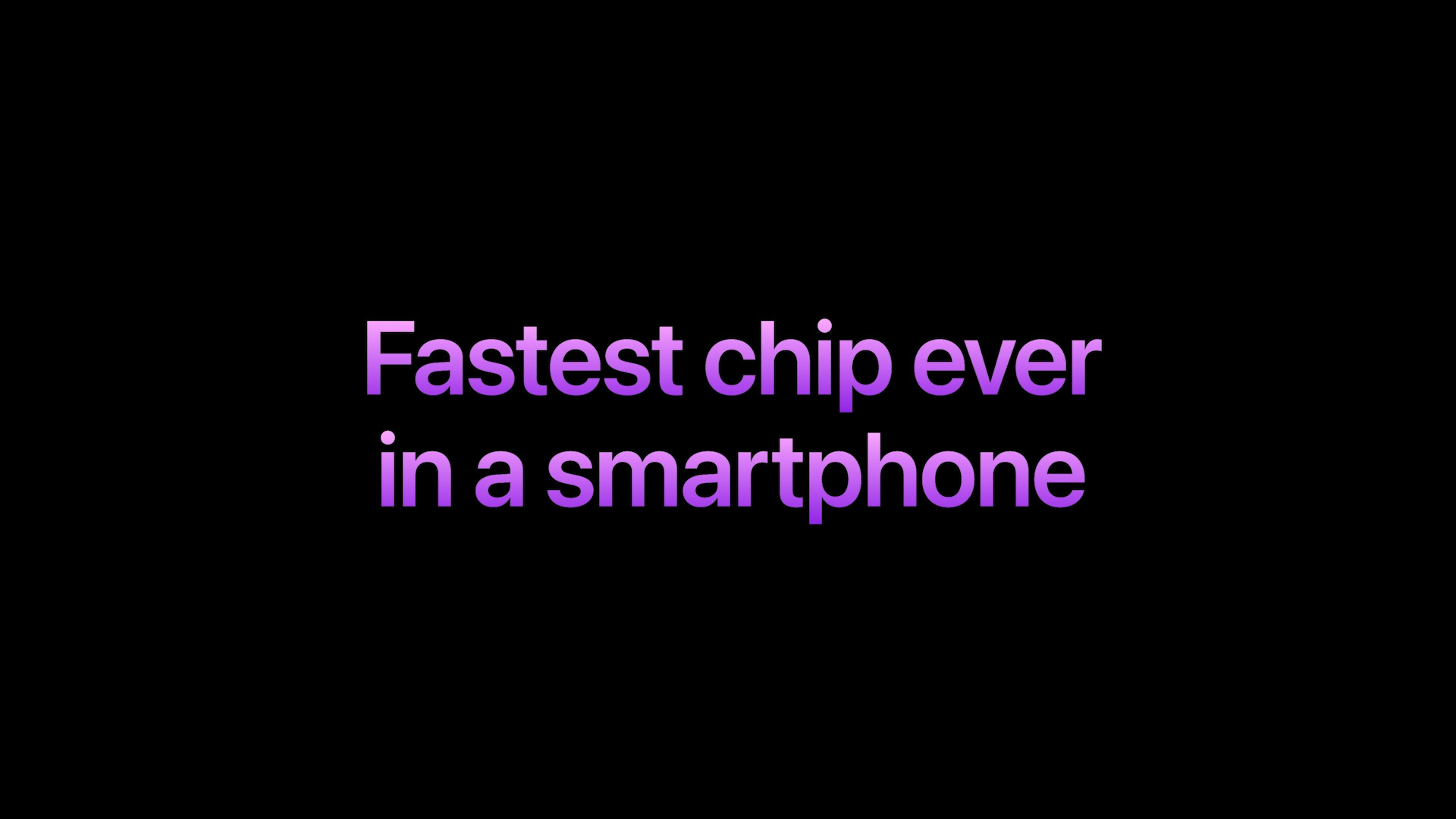
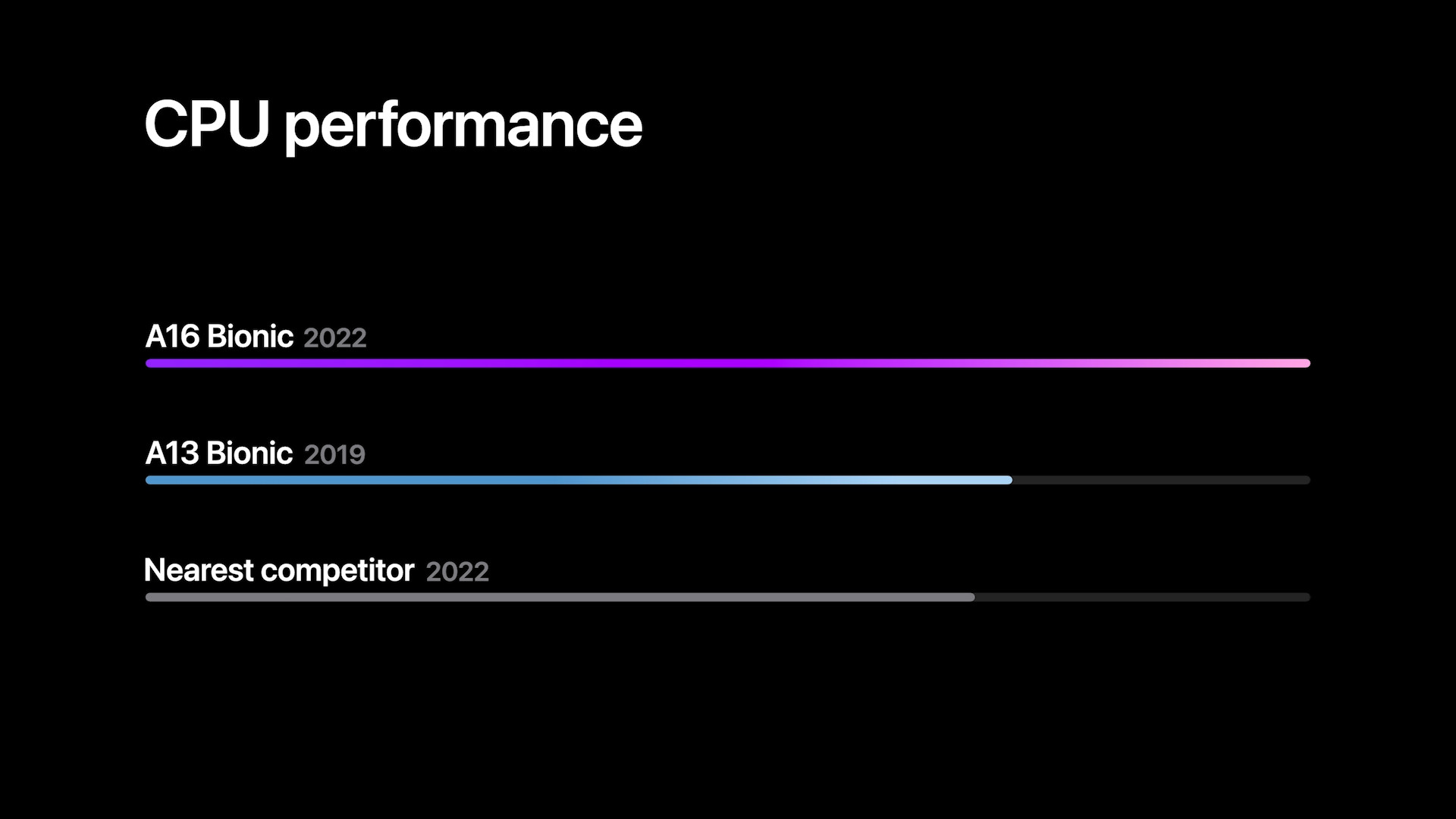
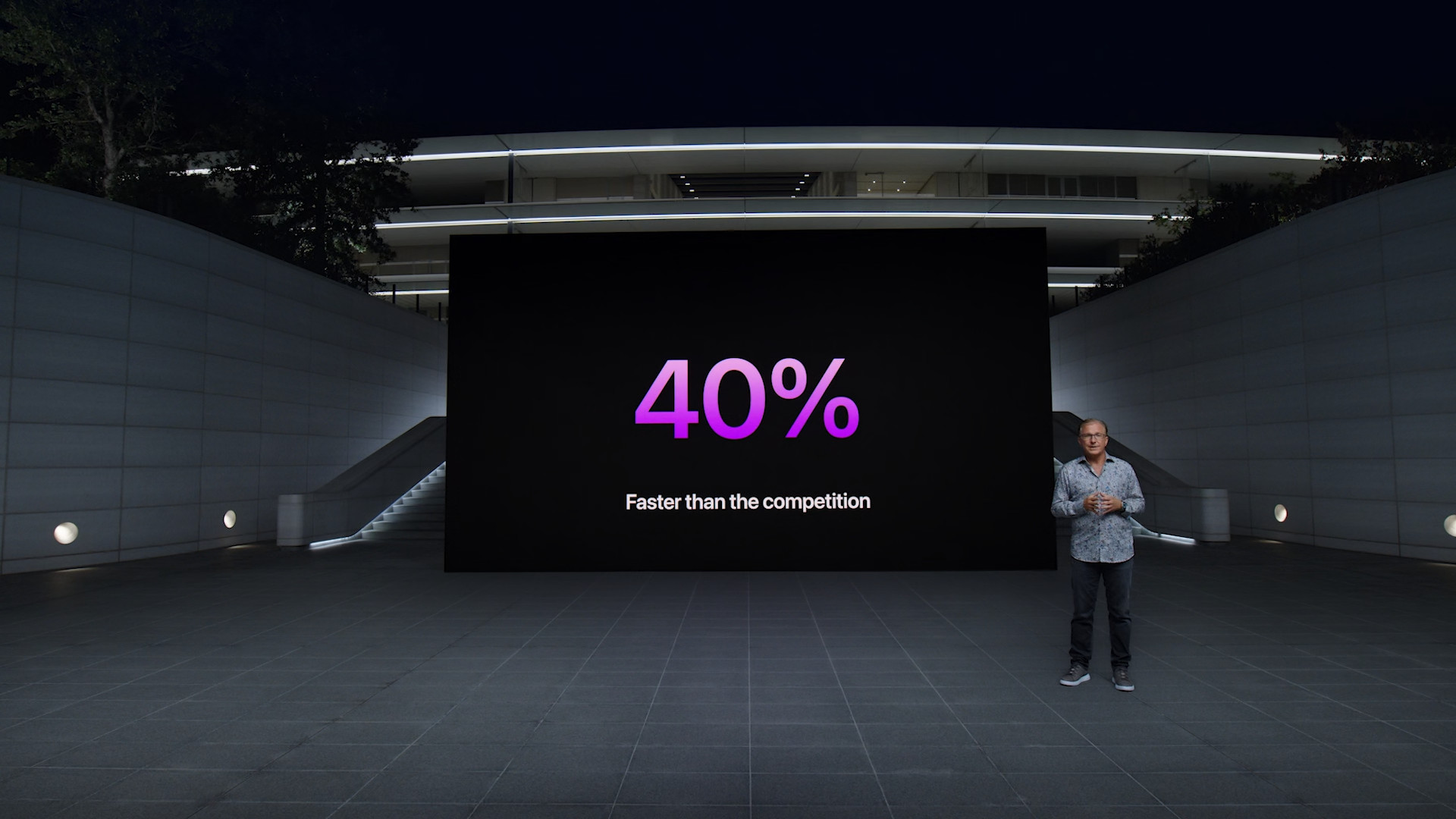
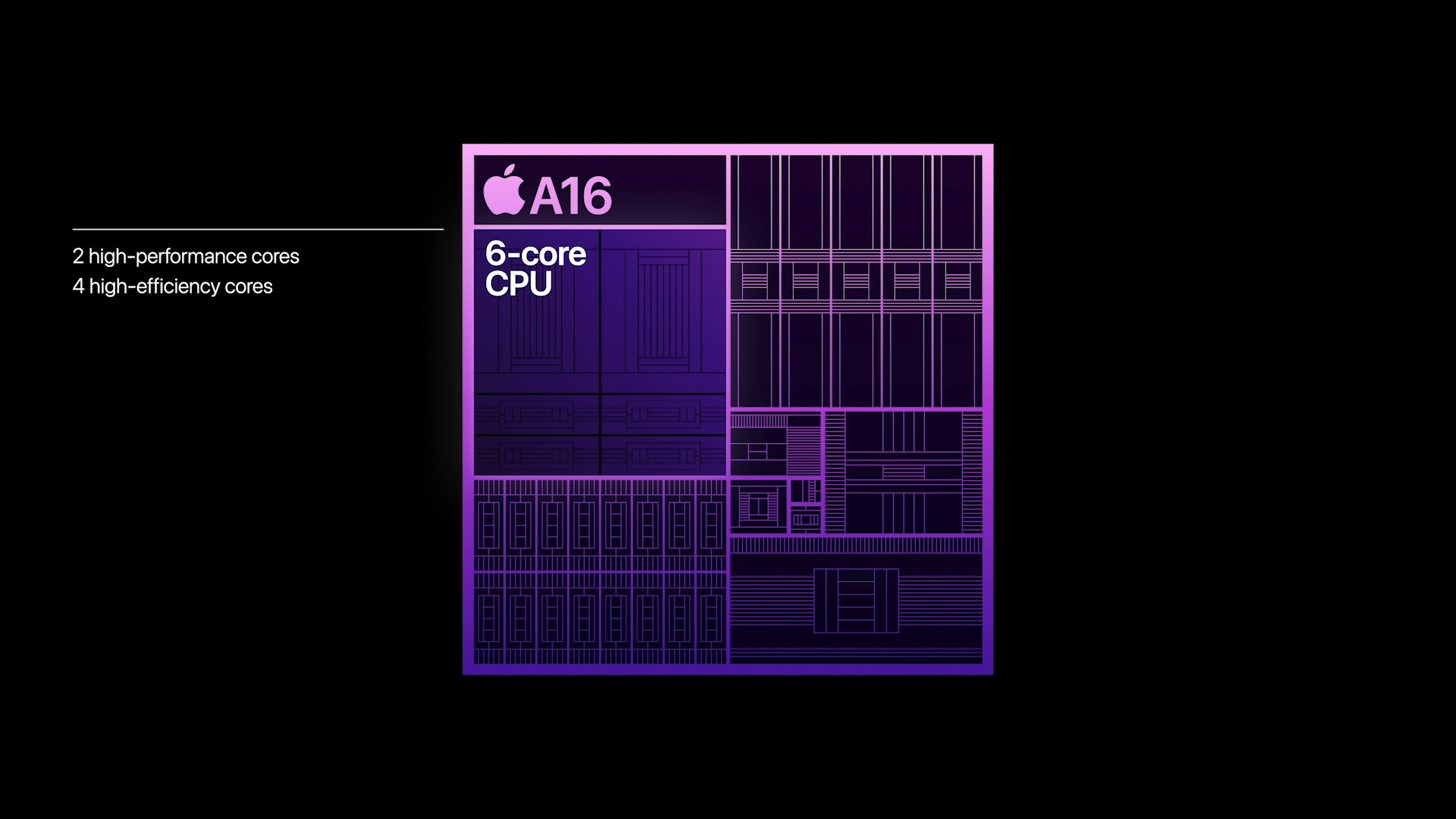



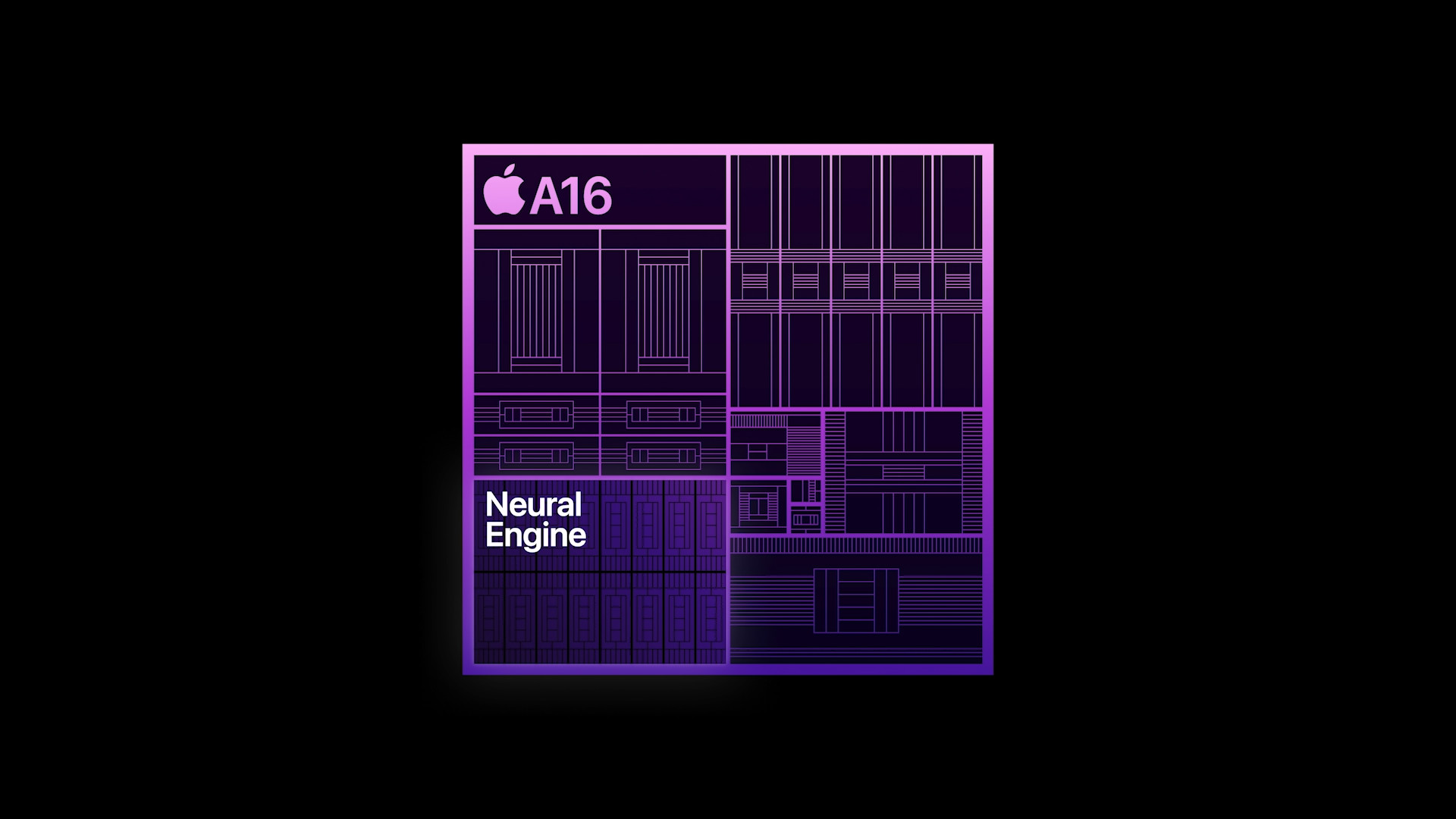

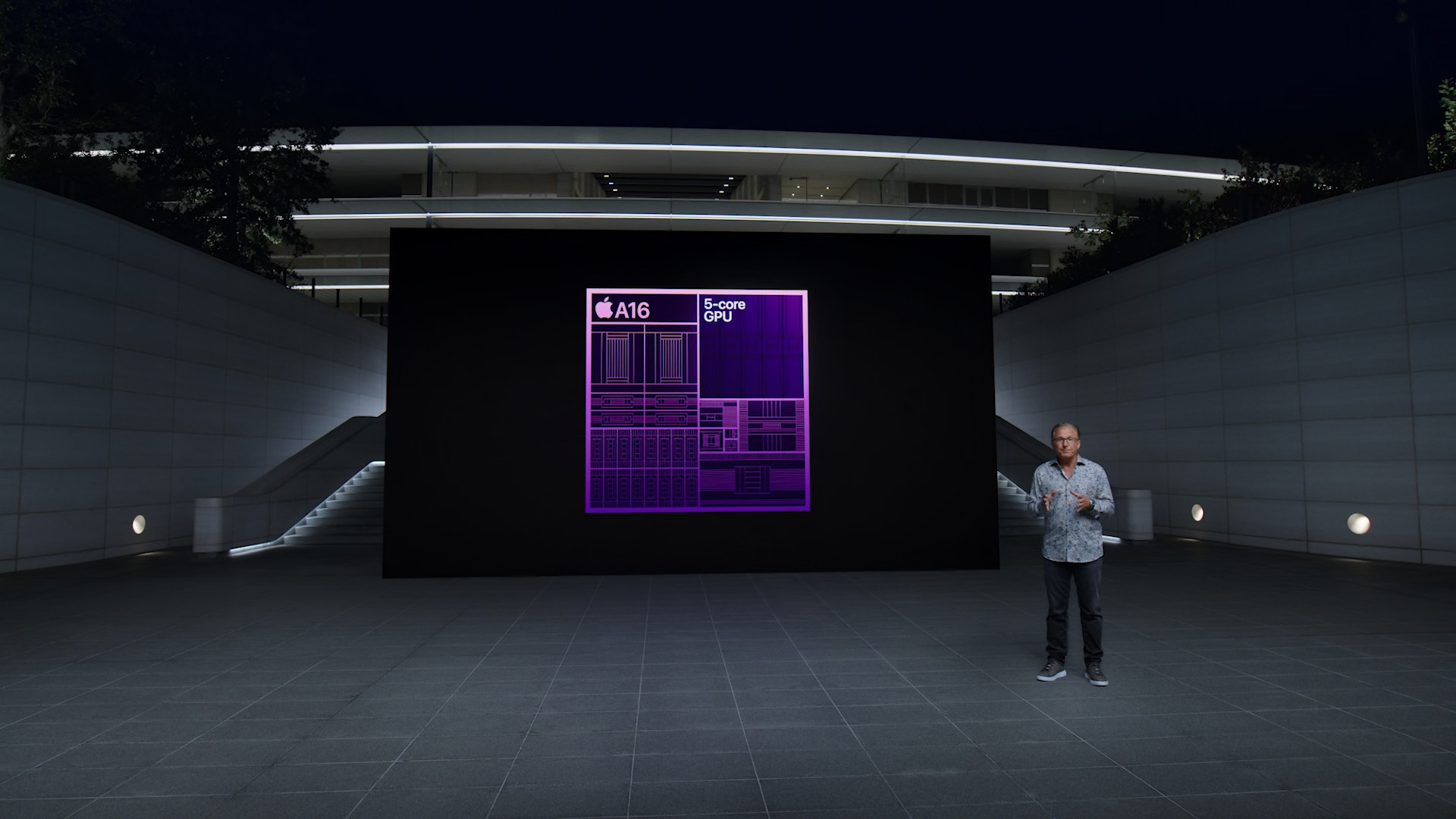

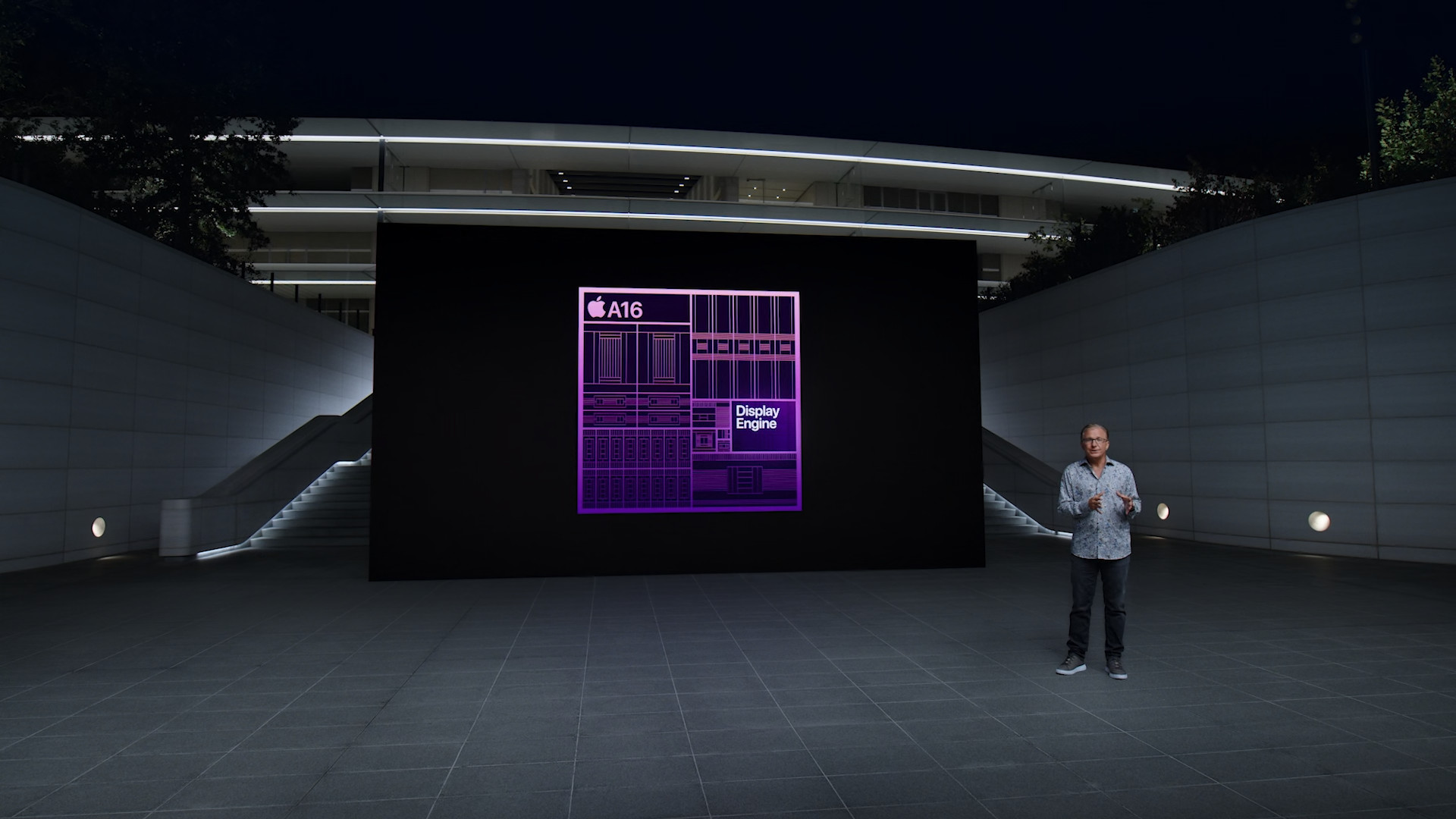
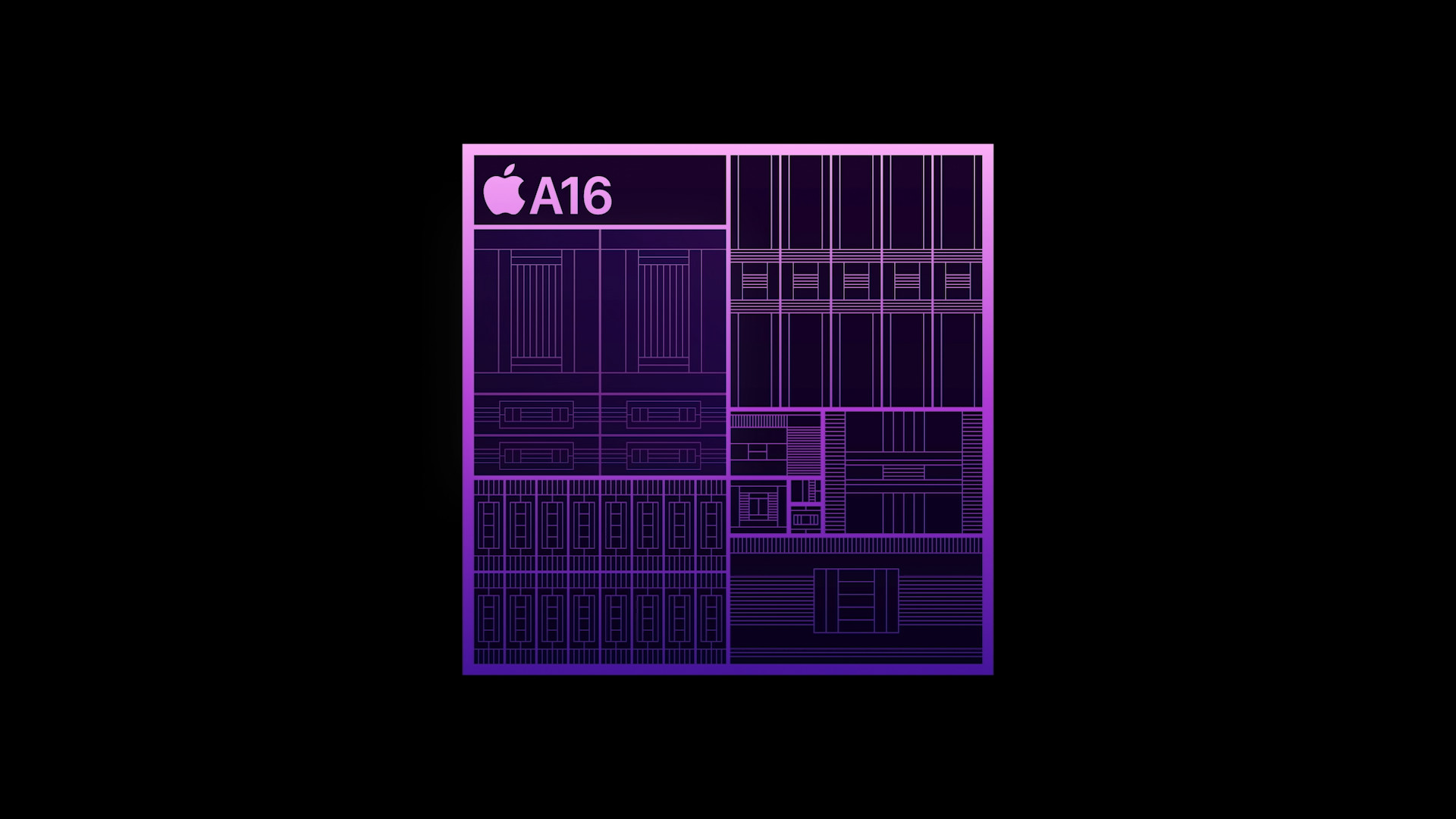
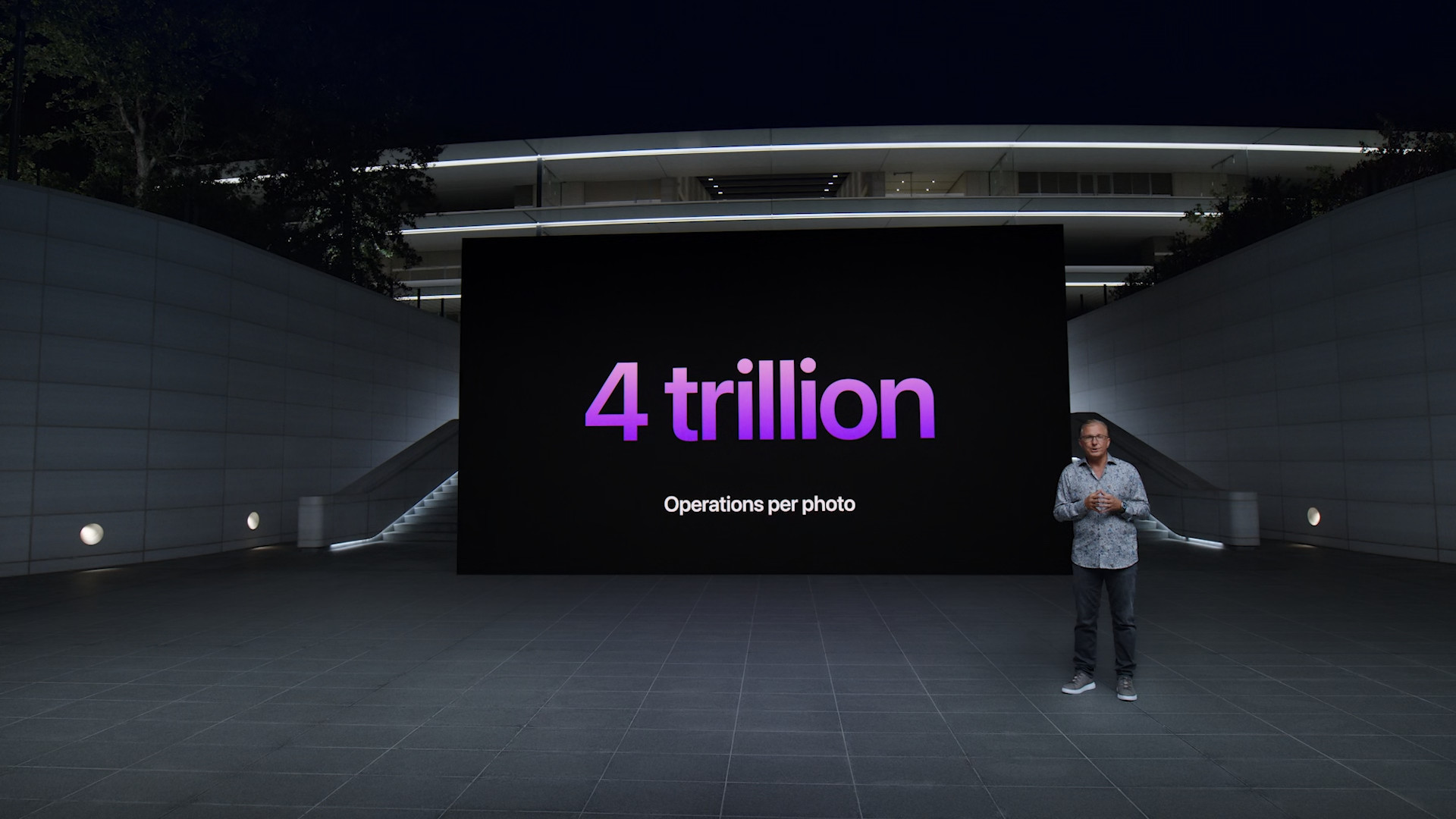
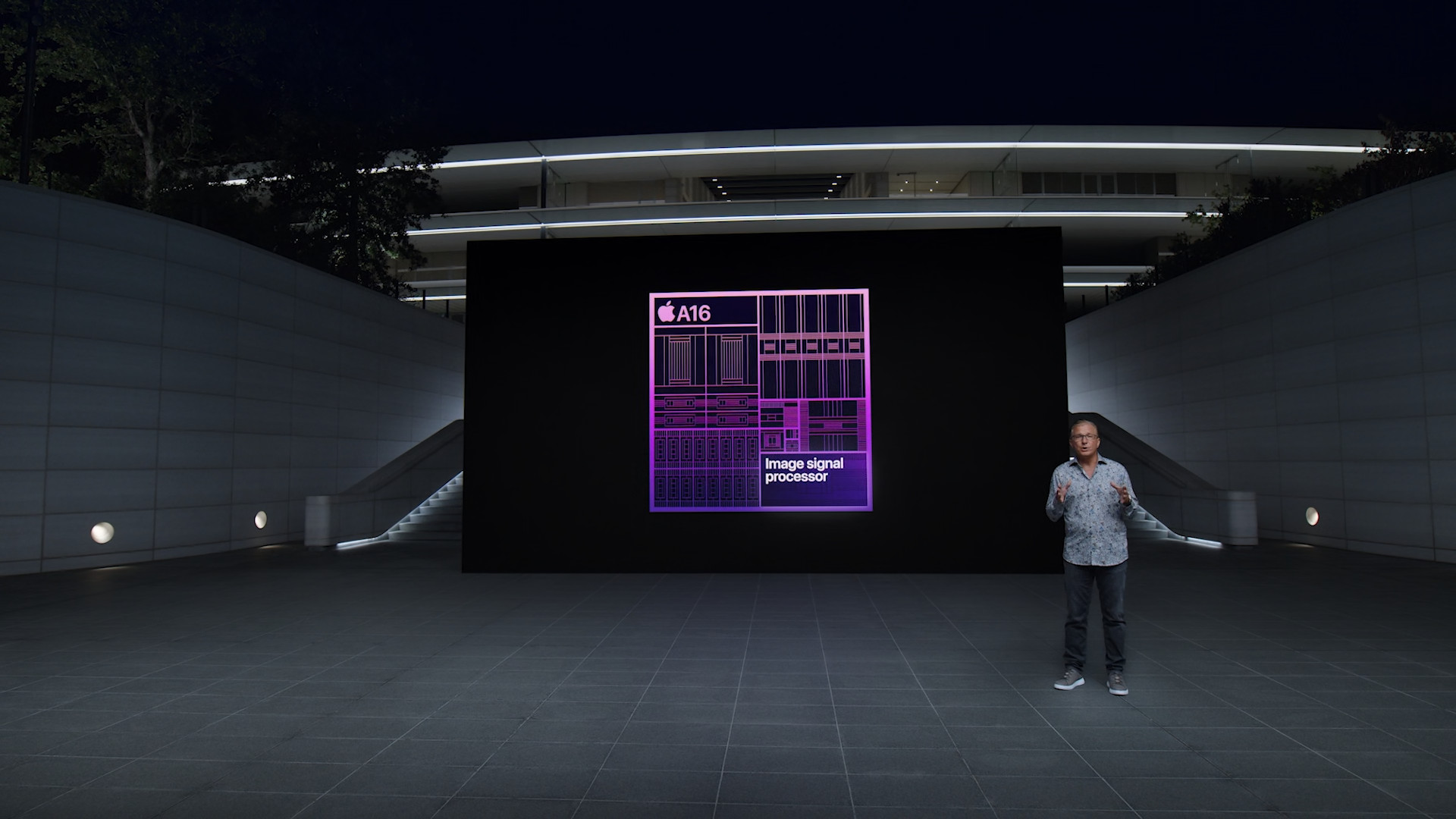
Hello, I enjoy reading your articles even though I had the opportunity to try both ios and android. I always thought you were unbiased and took both systems without prejudice. Unfortunately, this article feels like clickbait.